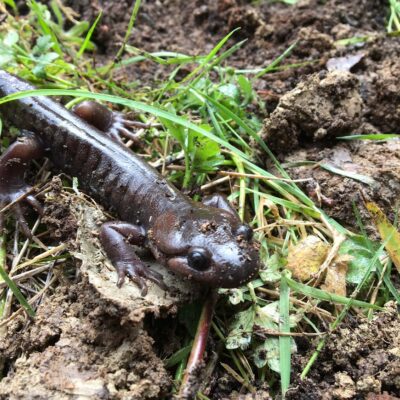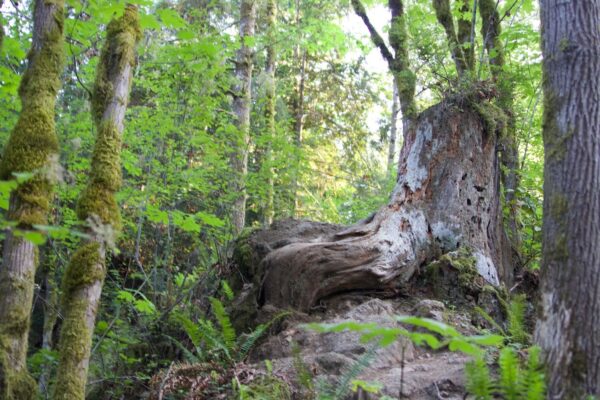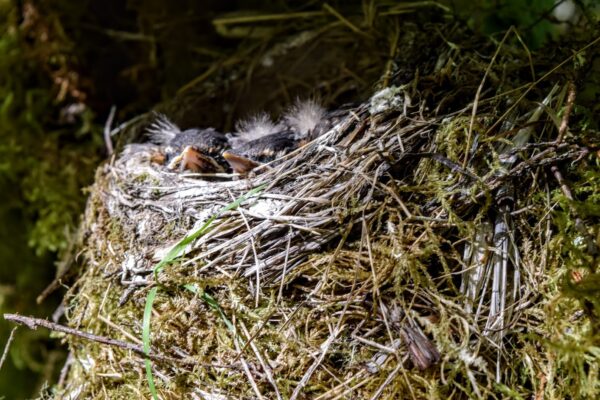Last month, Great Peninsula Conservancy was awarded a $25,000 grant from The Cornell Lab of Ornithology’s Land Trust Bird Conservation Initiative. The award will facilitate a collaboration with GPC, Daniel Froehlich (Ornithologistics), Dr. Alison Styring and graduate student Kayleigh Kueffner (The Evergreen State College), and Northwest Natural Resource Group. The collaboration will address an important information gap by initiating a monitoring study of bird responses to different conservation practices on five GPC forestlands.
This project takes the next logical step in understanding bird response to conservation actions by taking advantage of dramatic advances in remote acoustic recording devices which will be used to record bird song and identify species. Understanding the efficacy and utility of the remote acoustic monitoring technique has important implications for guiding future restoration actions.
A goal of GPC’s stewardship program is to maintain and/or improve the ecological integrity of GPC’s forestlands by increasing forest structure and species diversity. The GPC preserves in this study were historically managed for timber production and have little diversity in terms of tree species and tree age. These homogenous forests have limited habitat value for wildlife. Increasing snags and downed logs in GPC’s forest stands is critical because dead logs are far more living than live ones. Vast numbers of organisms depend on dead and decomposing snags and logs, from salamanders and woodpeckers to the next generation of trees.


Implementing practices to improve forest health is vital given the dramatic decline in populations of many North American land birds. This project identified 54 bird species that could benefit from the conservation practices; ten are listed as Species of Greatest Conservation Need, eight are Species of Continental Concern, and four are “Common Birds in Steep Decline” in Partners in Flight’s Land bird Conservation Plan. Below you can find a list of a few of these species:
- ·Chestnut-backed chickadee
- Northern harrier
- Olive-sided flycatcher
- Pacific wren
- Rufous hummingbird
- Western screech owl
With support from Cornell, AudioMoth remote acoustic devices will capture avian community response to three conservation practices GPC stewards will be implementing:
- creation of snags, den trees, and coarse woody debris
- creating structural diversity with patch openings
- replanting with a diversity of conifers and shrubs.

The funds will also support a comparison between the acoustic data, traditional point count and area search data, pre and post-restoration methods. The testing and improvement of acoustic monitoring techniques along with the data collected about land bird species presence on conservation land is vital for improving continued environmental restoration efforts on preserves and other lands.
